|
| After the Sweet shop closed, local contractor, John Mayes occupied the site as an office for his paving business. Later the building was the office of the Lee Stover Insurance Agency. Hair salons, Images and Dragonflies were located here prior to 2020. Currently, Pridmore Floral Design provides wedding floral designs from this 500 West Market Street address. RDoll |
Memories of Lesher’s Store
The thirty-fifth anniversary of the 1988 Perkasie Fire brings back memories of a Perkasie treasure lost that day, Lesher’s Variety Store. The store was started in 1926 as Beer’s Variety Store by A.A. Lesher. Later, the store was operated by Bentley Smith and beginning in 1984, by Gene Pritchard.
You could find anything at Lesher’s as both the first floor and basement counters and wall space were well stocked with merchandise.
You could find anything at Lesher’s as both the first floor and basement counters and wall space were well stocked with merchandise.
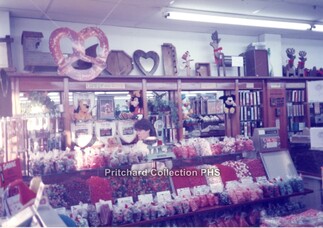 Lesher's Candy Counter
Lesher's Candy Counter The store is remembered for its wooden floors, large candy section, toys, housewares, penny candy, trains, remote-controlled cars and basement with Christmas items and tropical fish. There was a small food area behind the candy section where they sold hot dogs, soda, and soft pretzels. And don’t forget sidewalk sales and sales during the holiday season. Shopping at Lesher’s was very memorable for all.
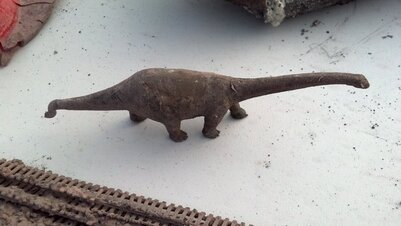 Toy dinosaur and train track among the items found in the fire debris. Image from the Perkasie Historical Society Collection.
Toy dinosaur and train track among the items found in the fire debris. Image from the Perkasie Historical Society Collection. A short time after the fire, Gene Pritchard opened Lesher’s II a short distance away at 7th and Arch Street.
A thank you to the Pritchard Family for sharing their memories and photograph collection.
Additionally, Images of the Perkasie Historical Society Museum "1988 Fire Displays" can be found in the Perkasie Historical Society Photo Gallery
2013 25th Anniversary of the Perkasie Fire of 1988
2018 30th Anniversary of the Perkasie Fire of 1988
R.Doll
Memories of Perkasie
Sharing interesting connections between Perkasie's people, places and events.
Rick and Louise Doll
Navigation Hint: The postings can be viewed by date, by topic category, or in reverse chronological order (most recent posting first)
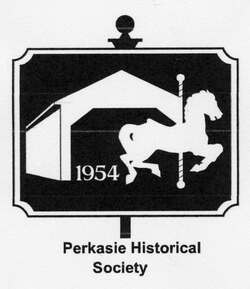
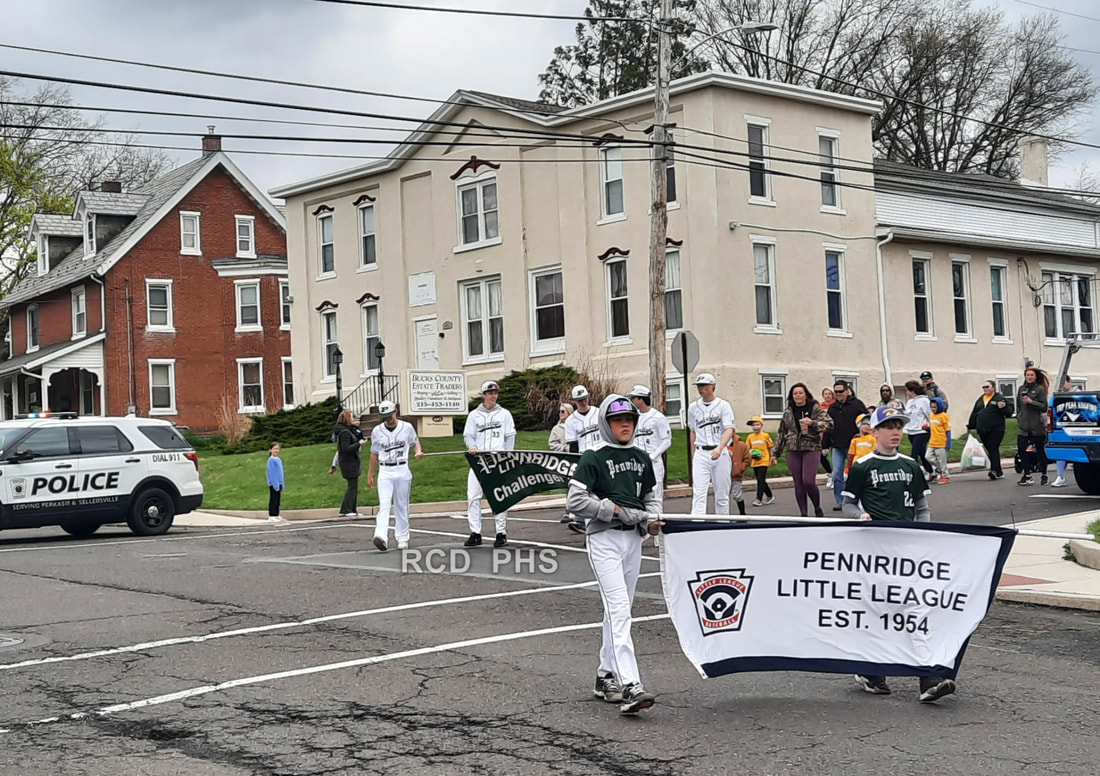
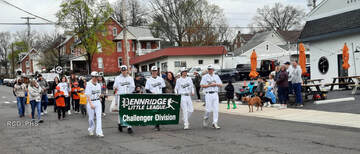
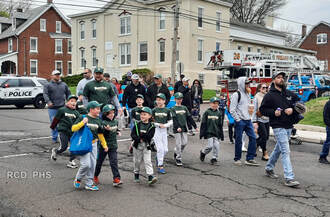
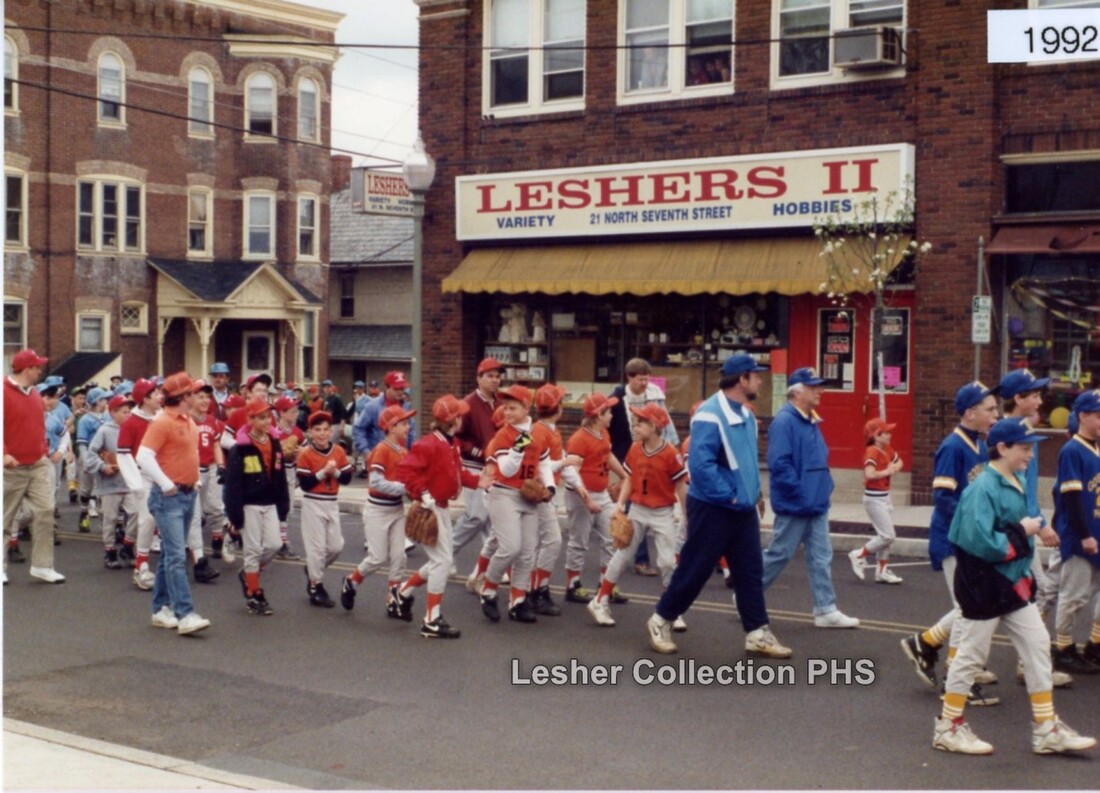
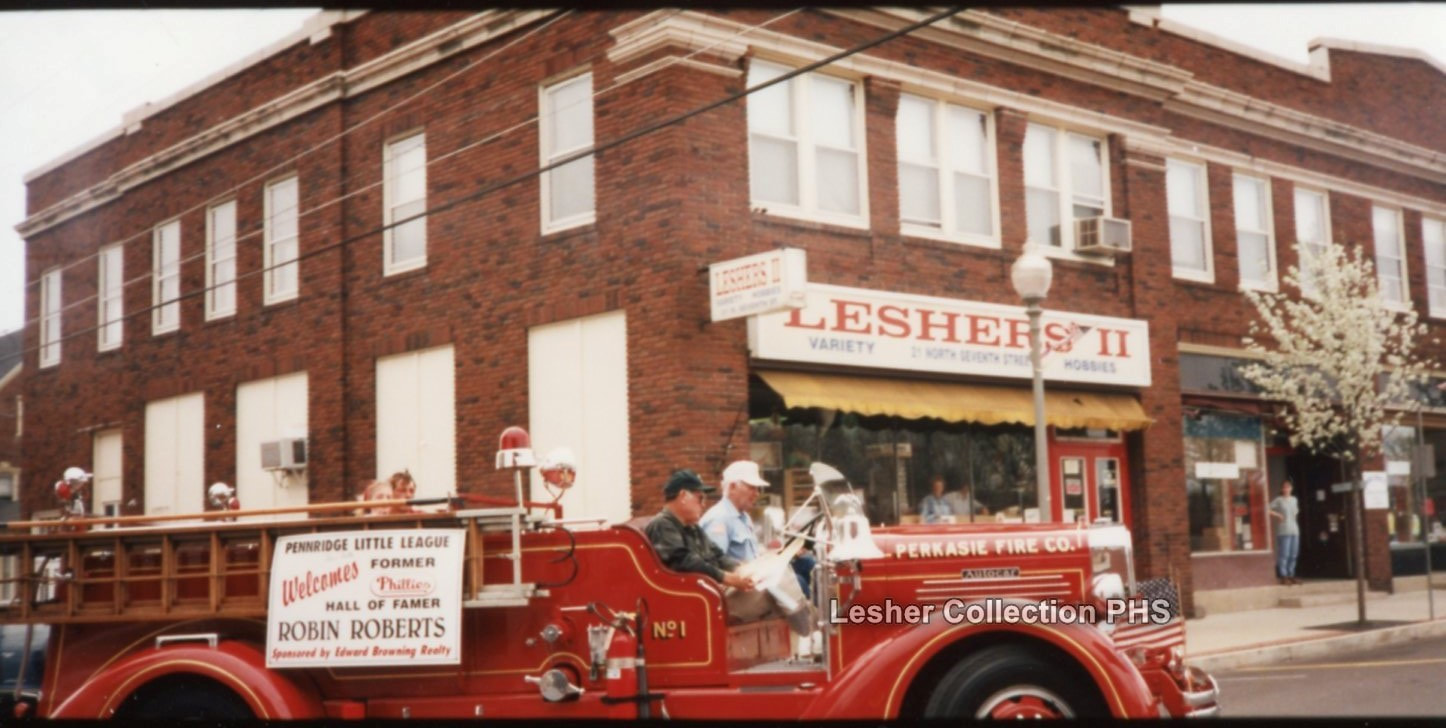
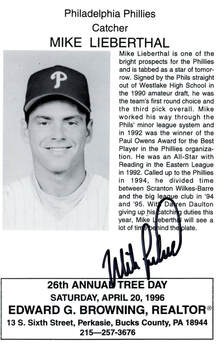
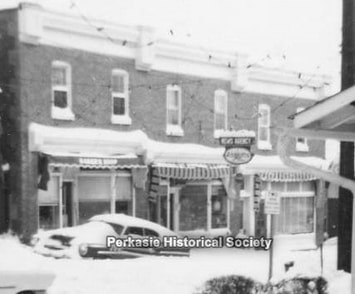
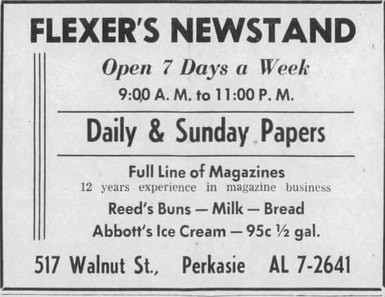
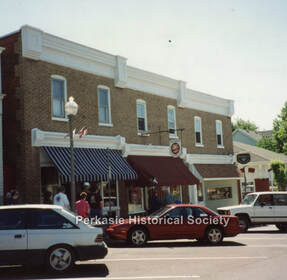
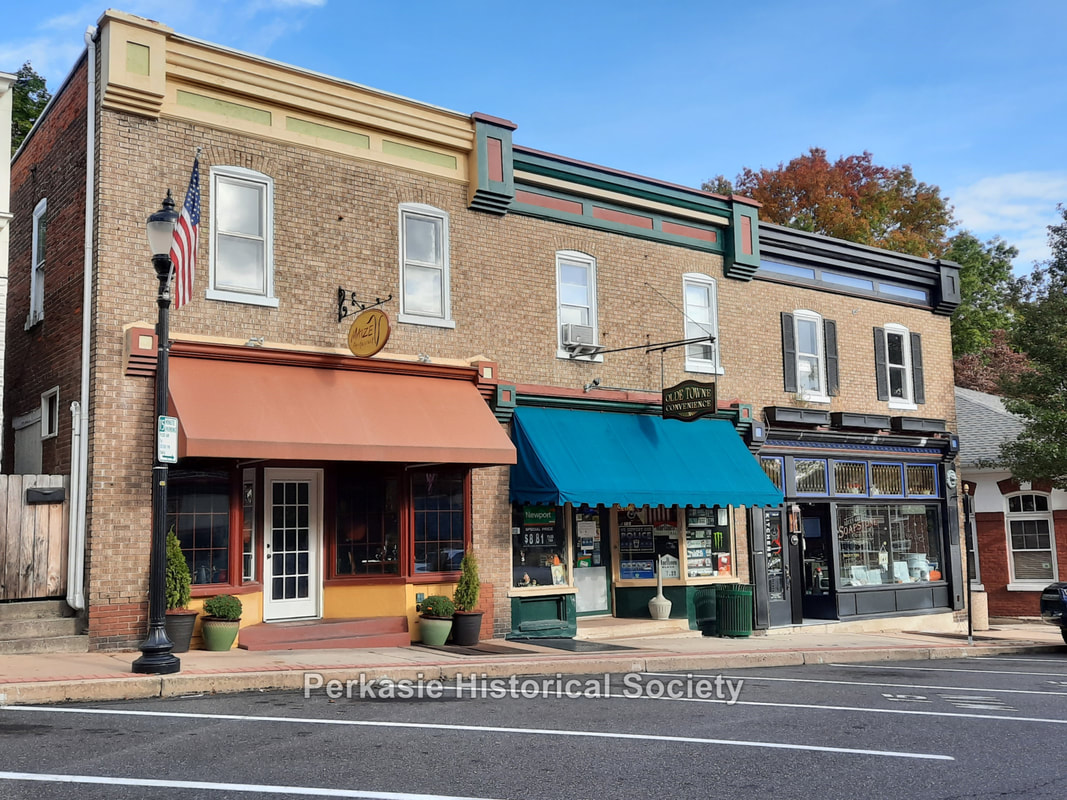
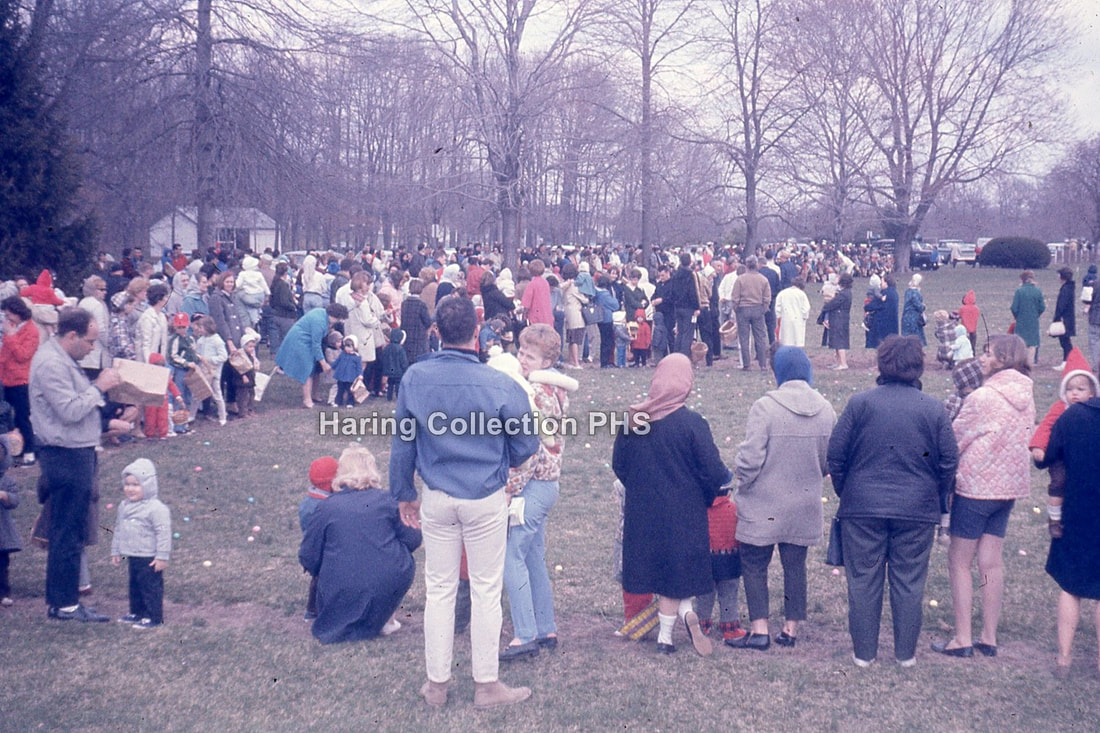
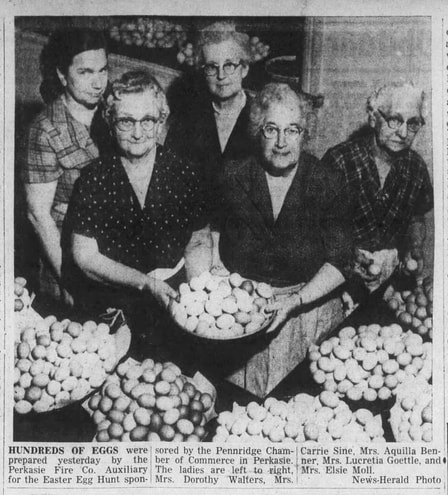
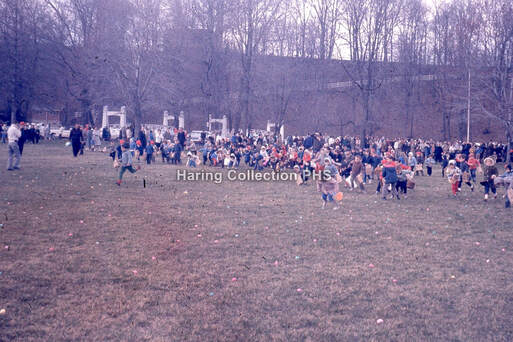
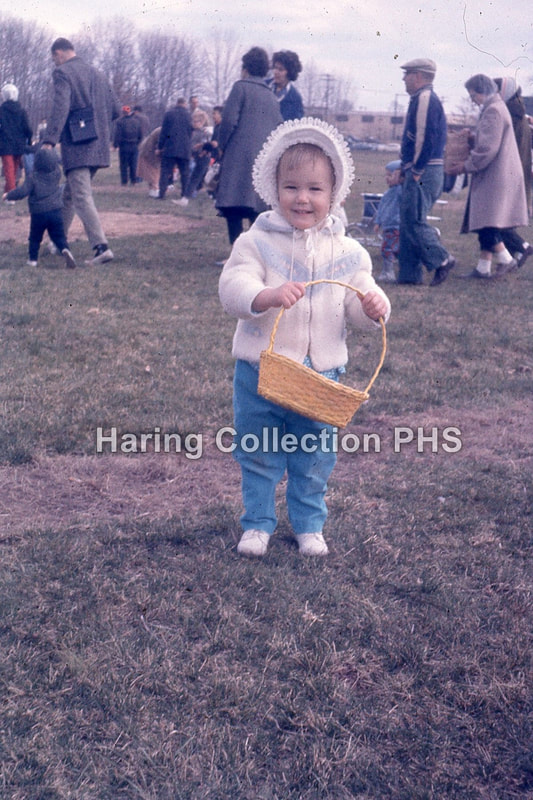
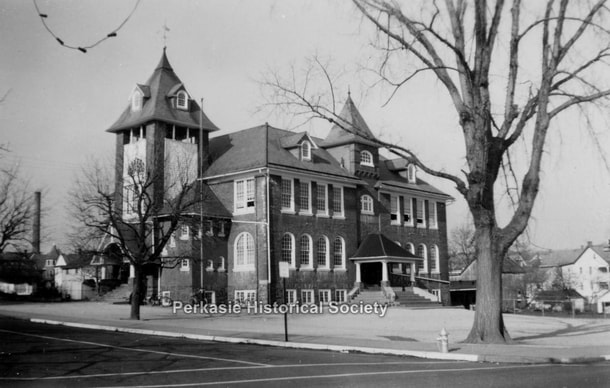
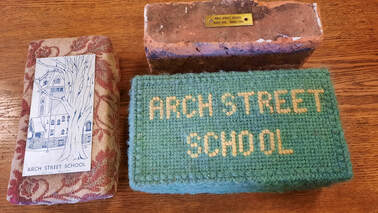
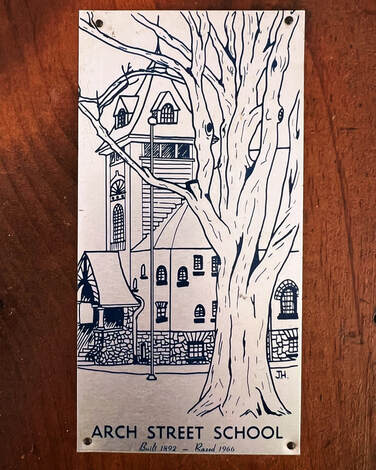
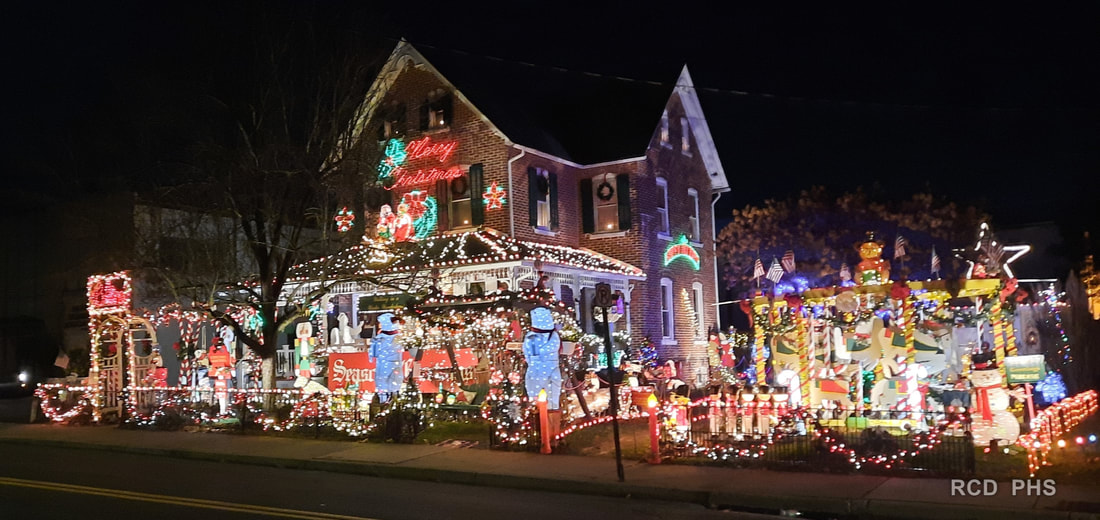
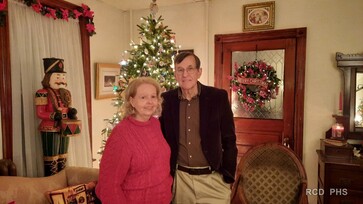
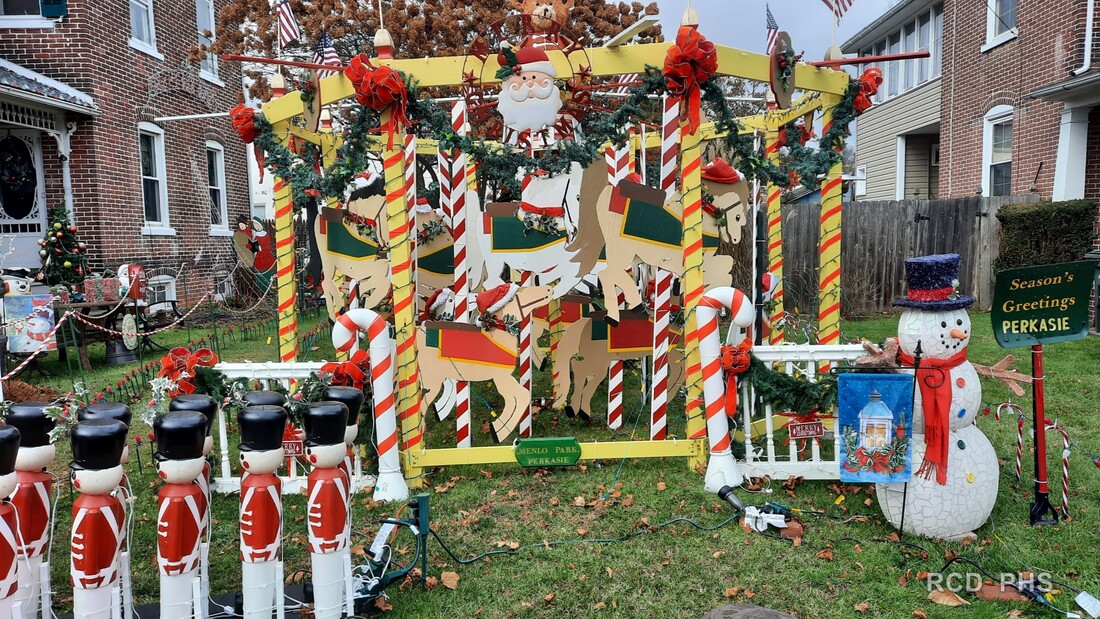
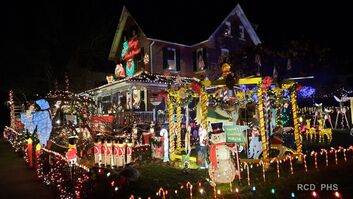
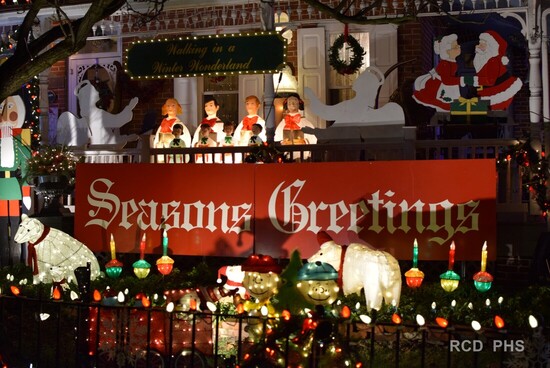
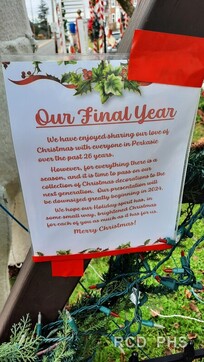
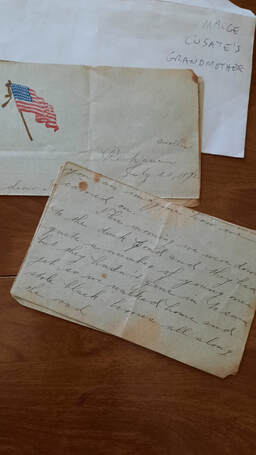
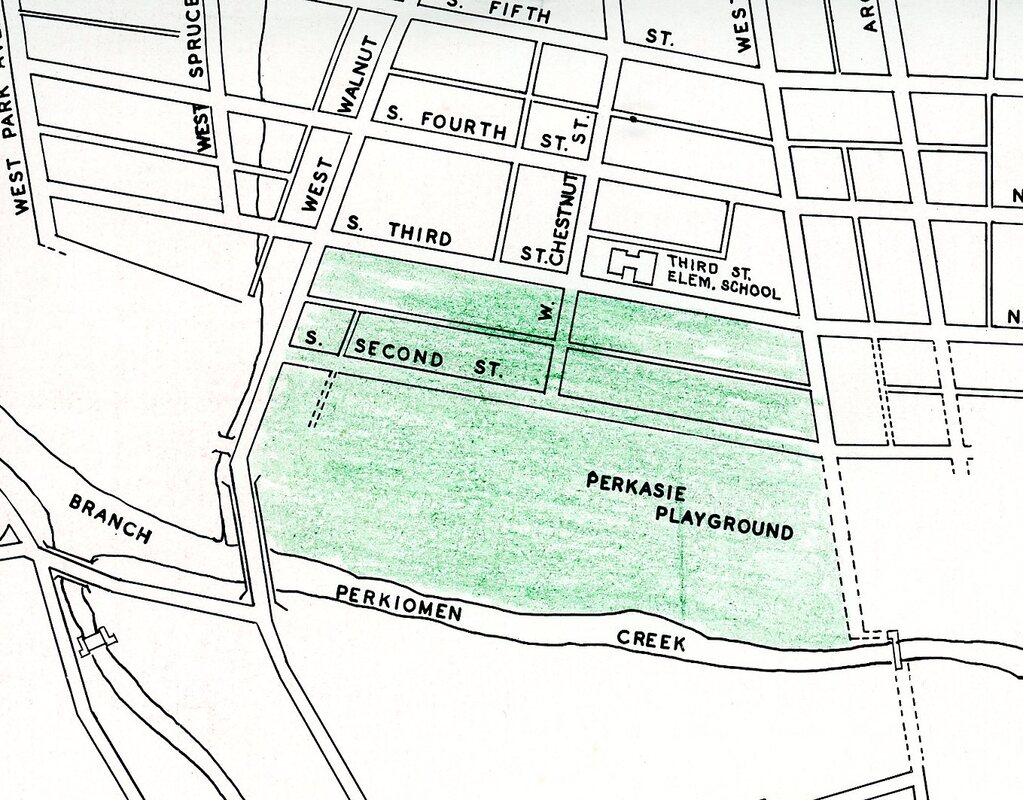
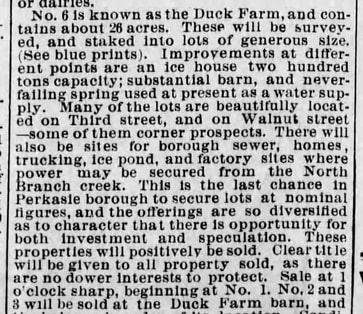

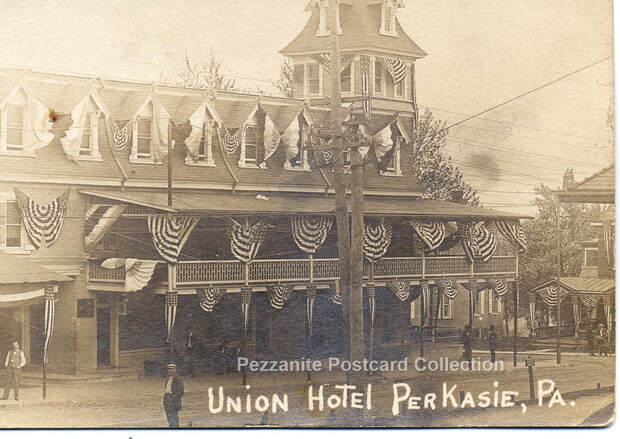
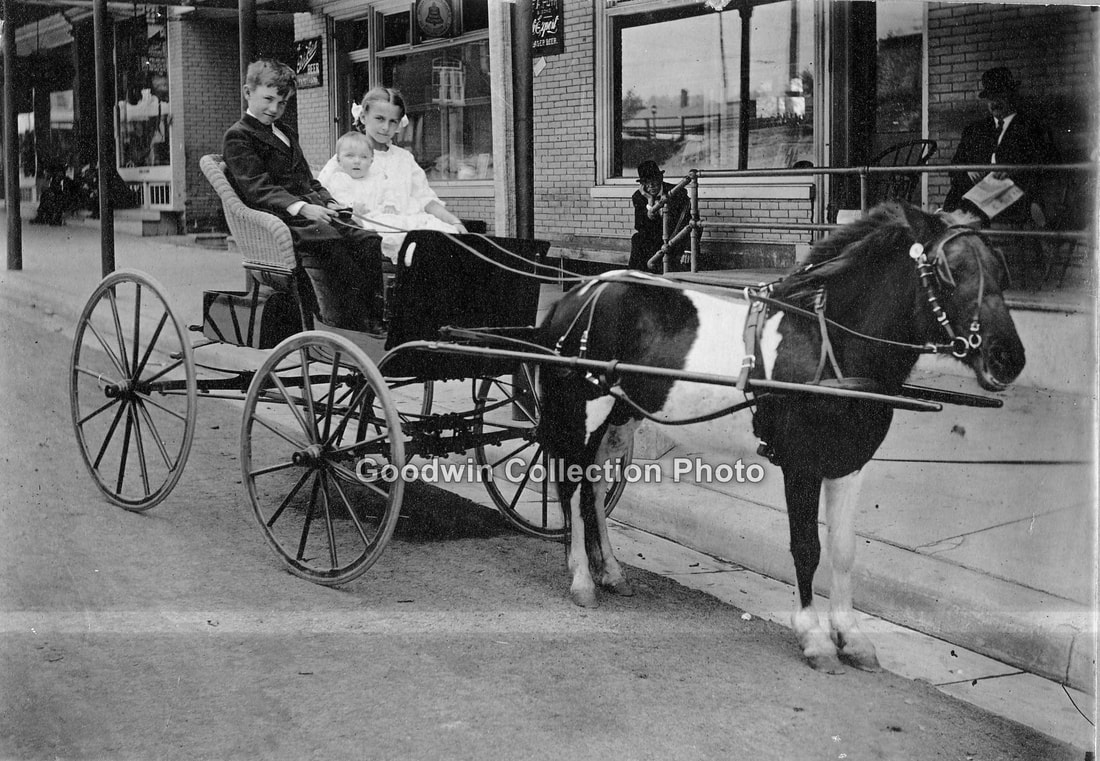
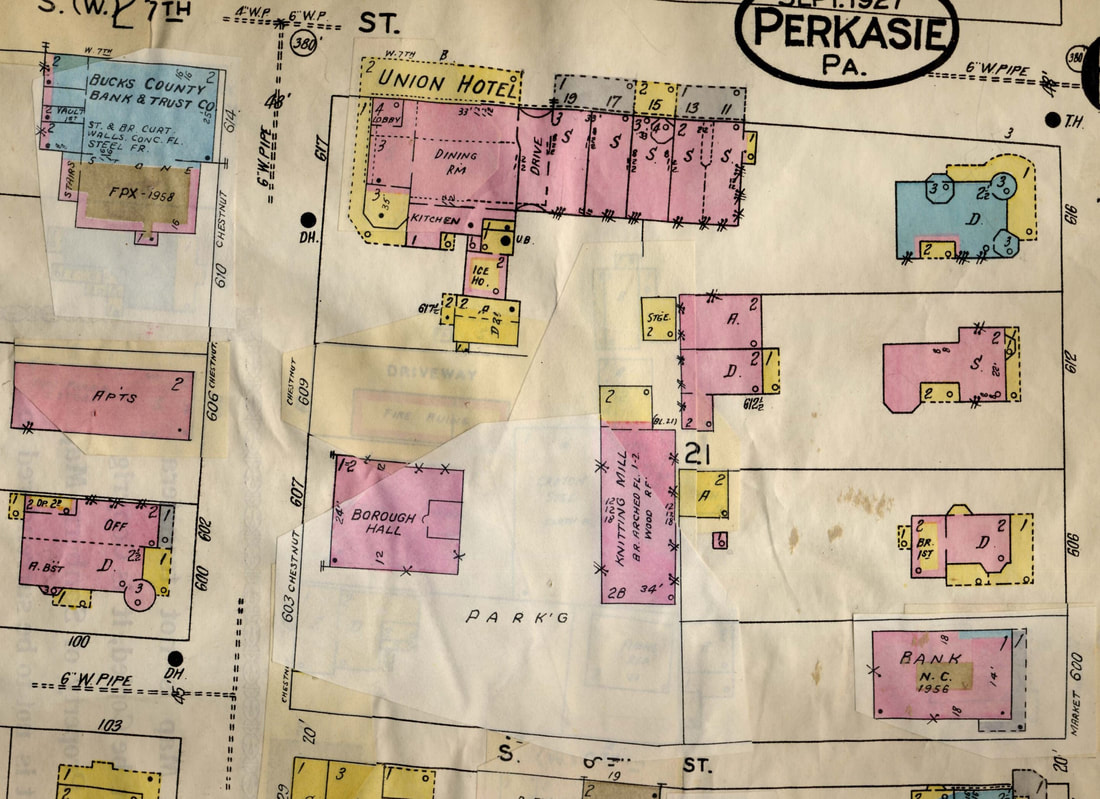
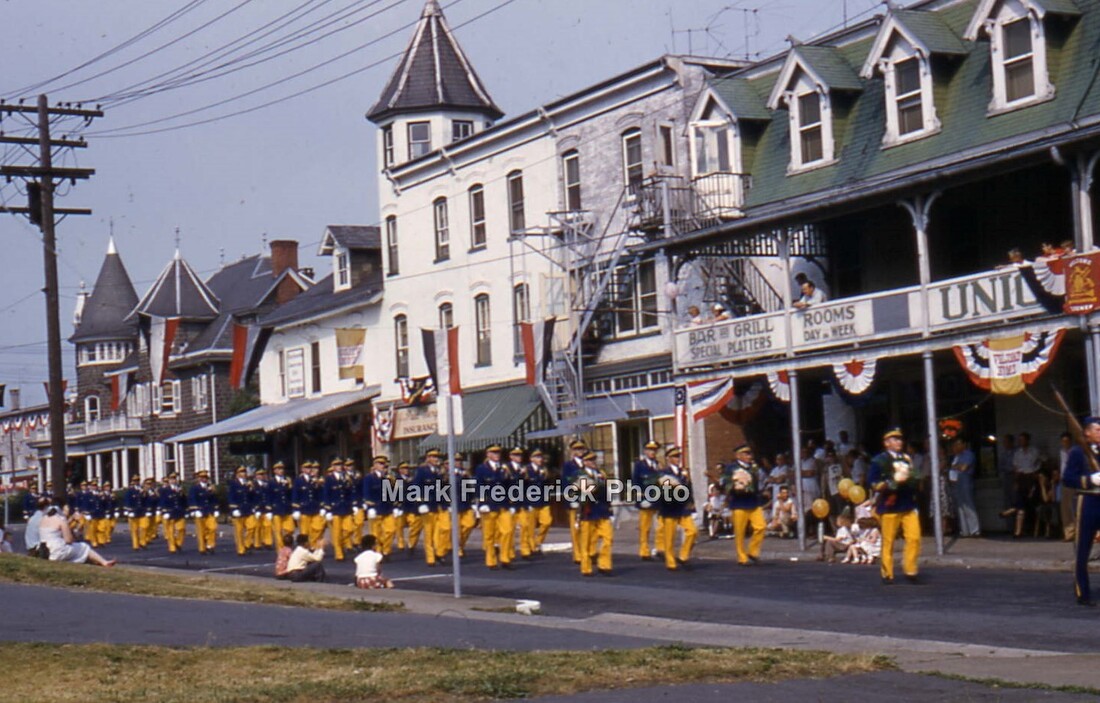
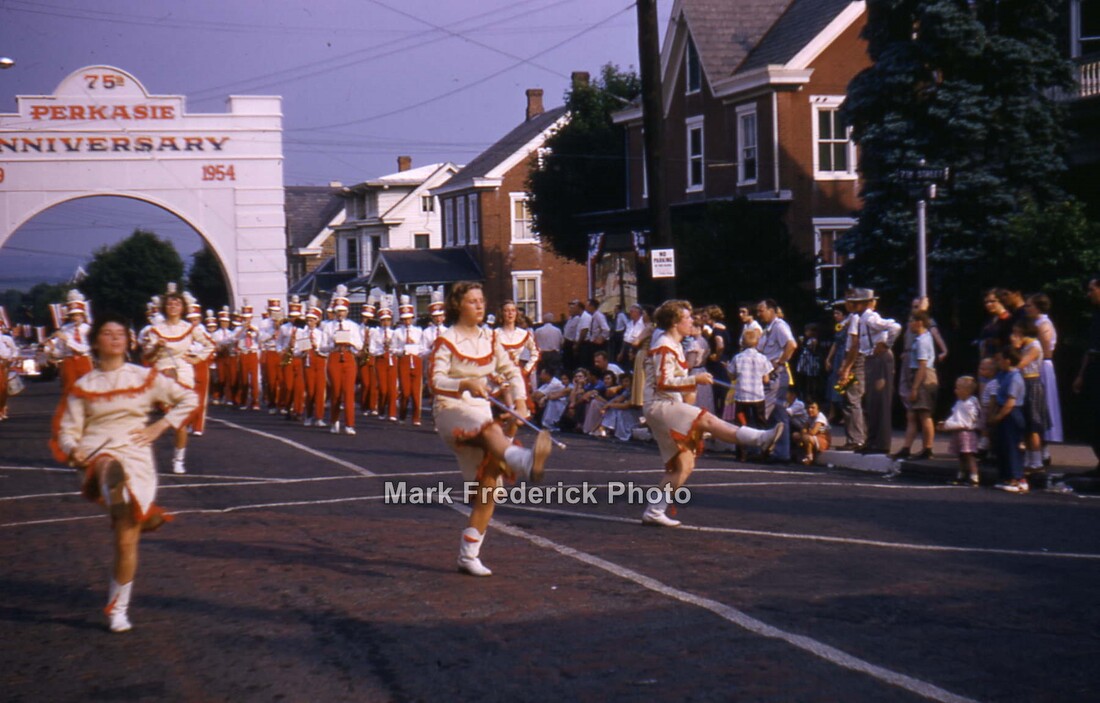
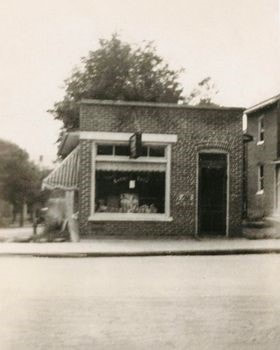
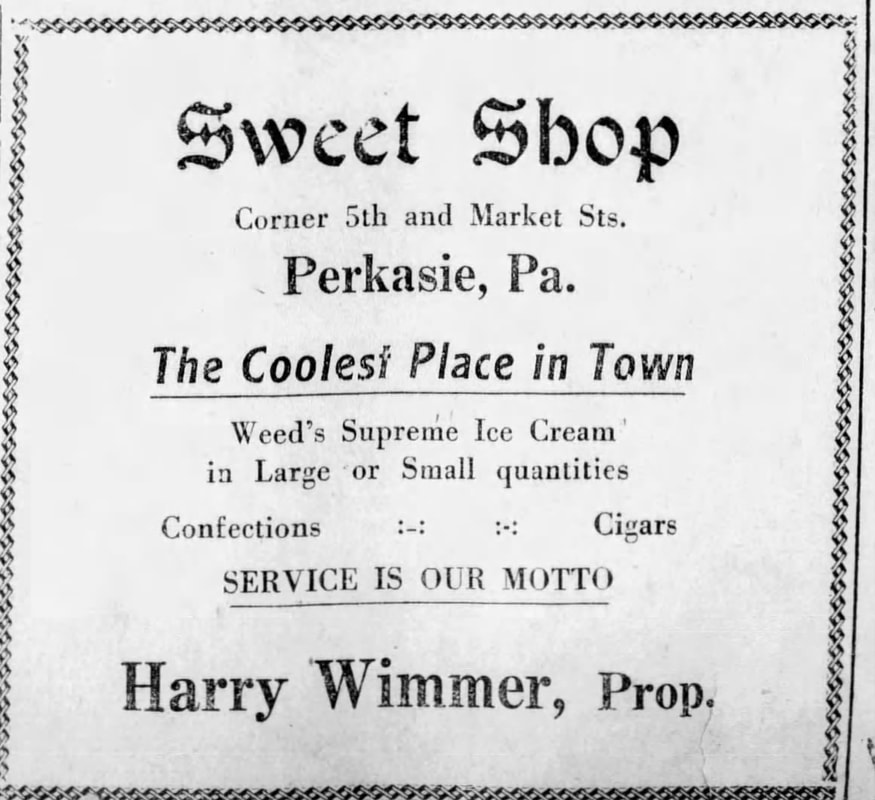
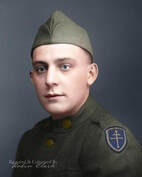
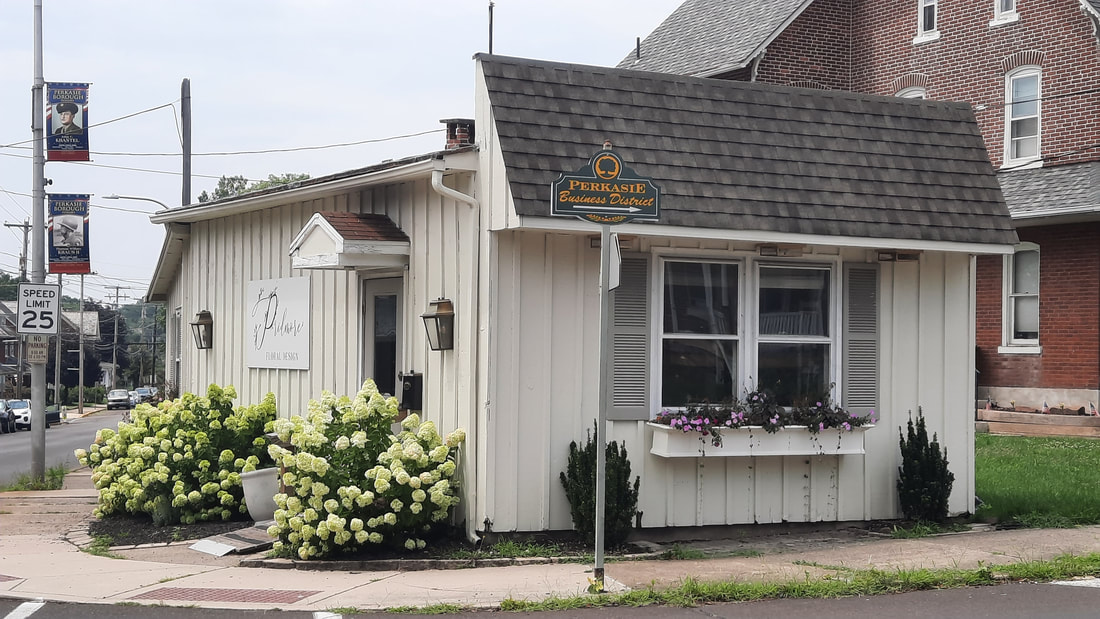
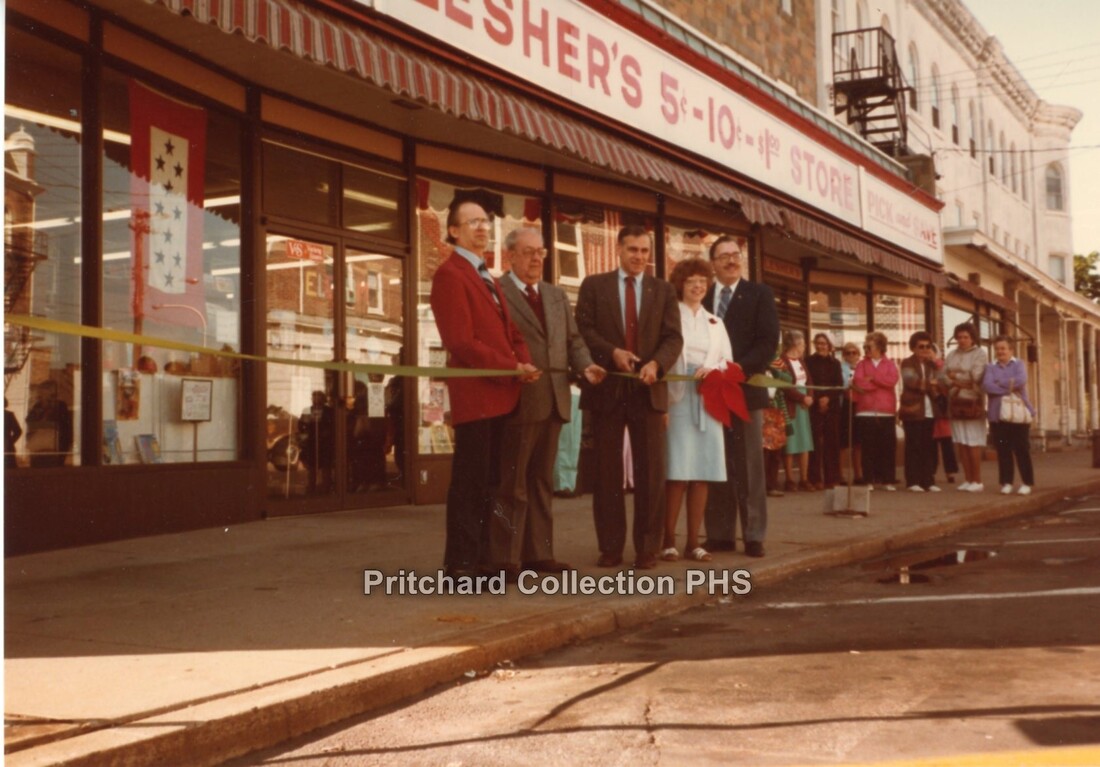
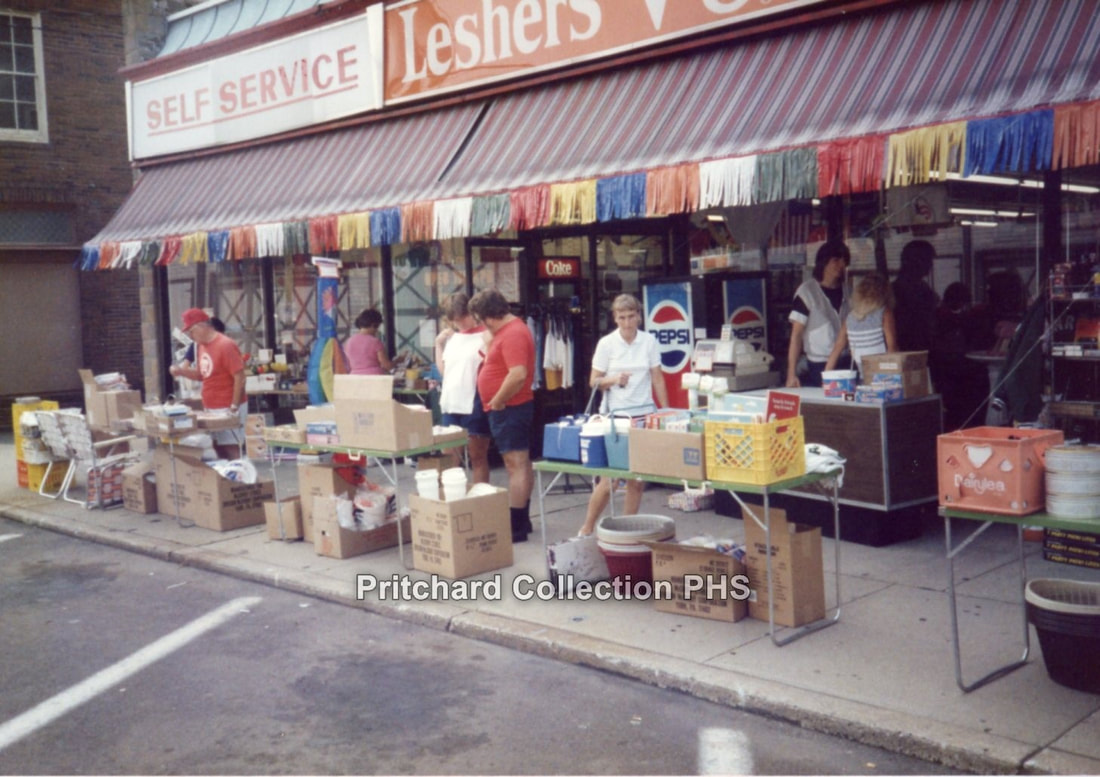
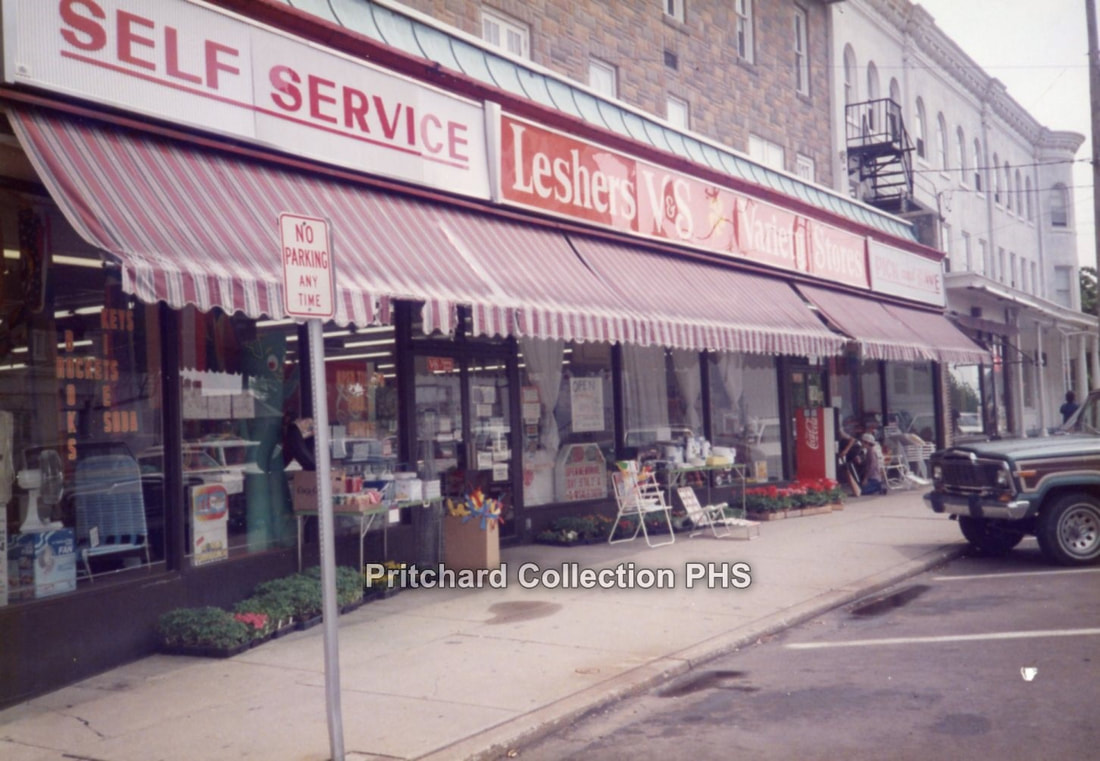
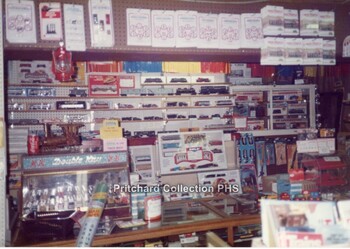
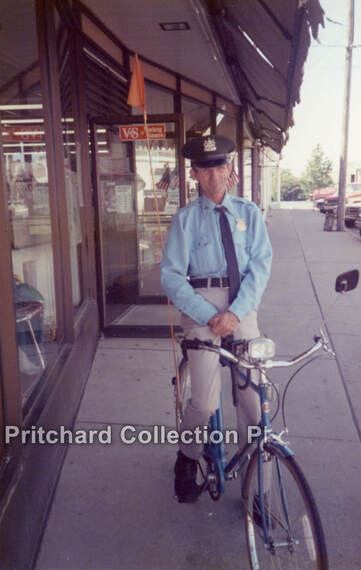
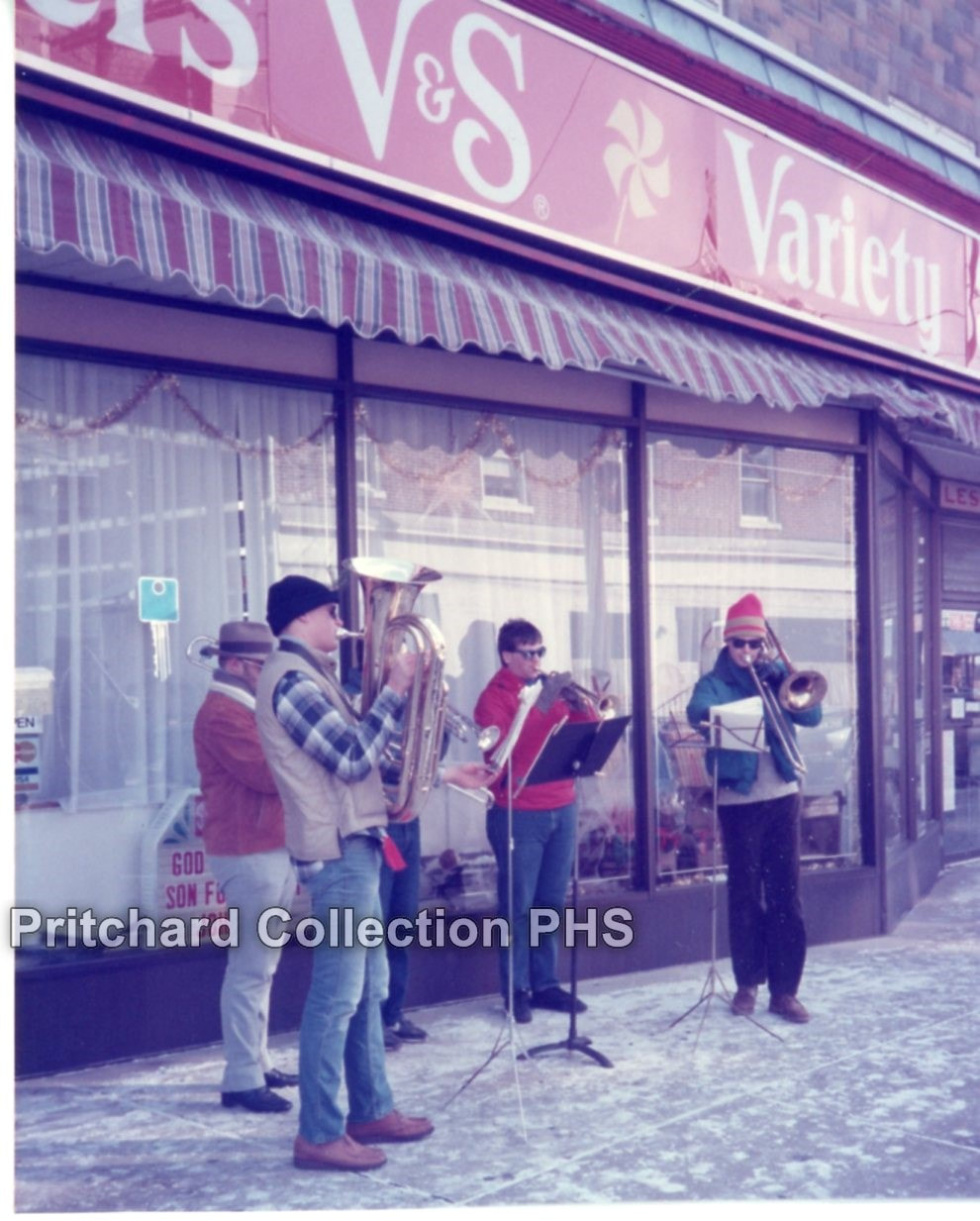
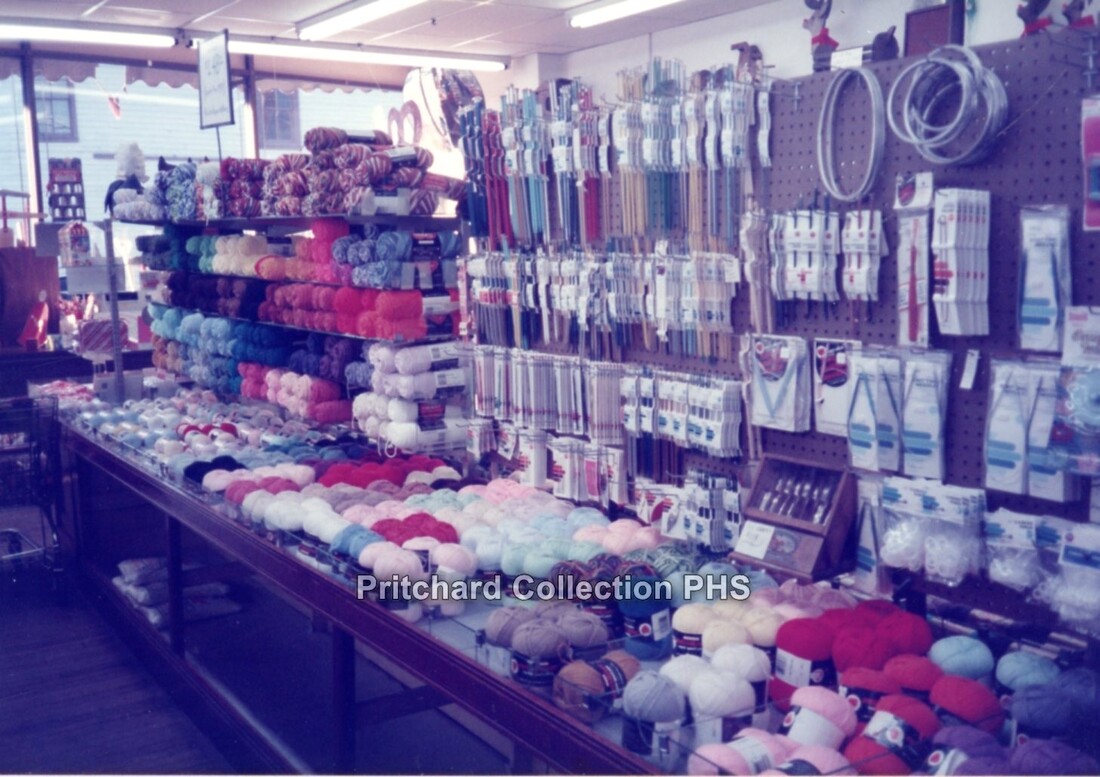
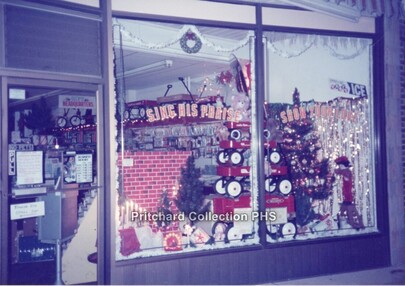
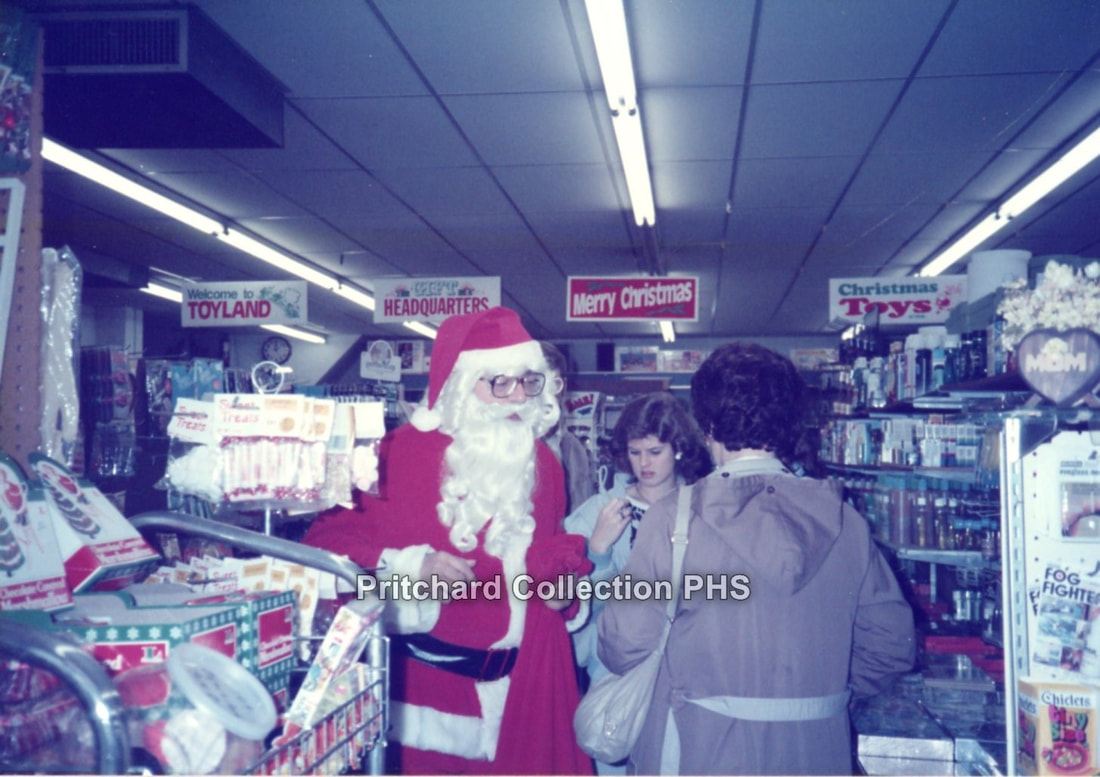
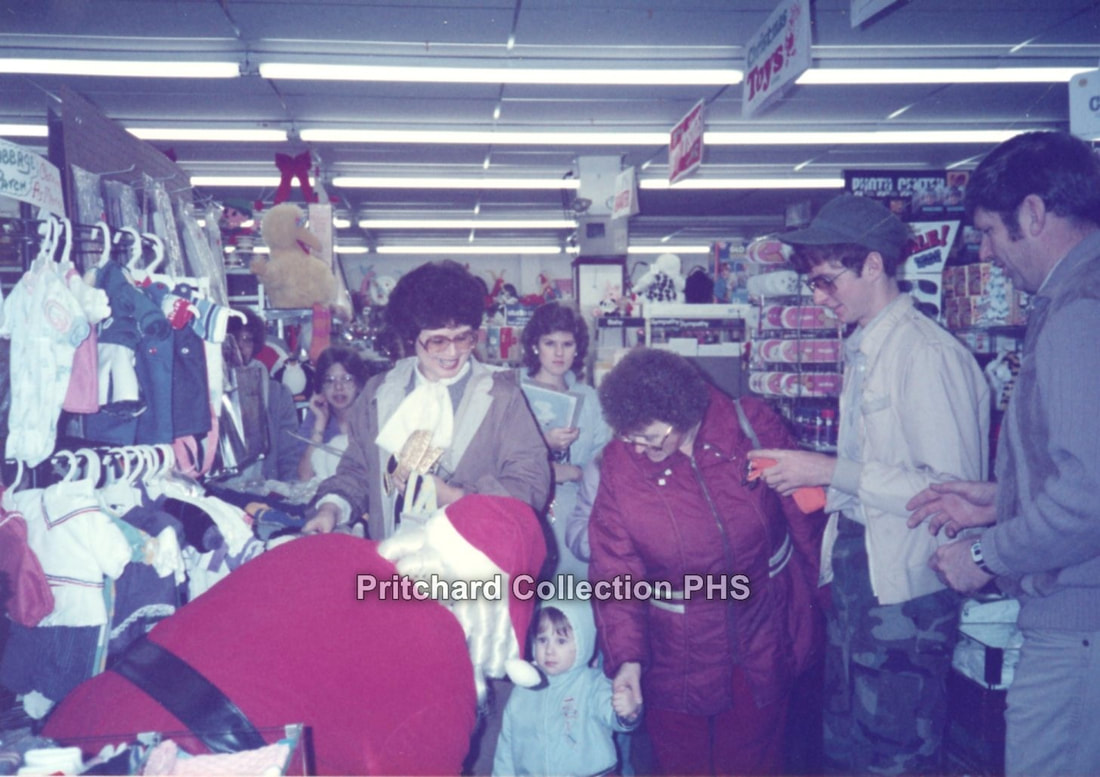
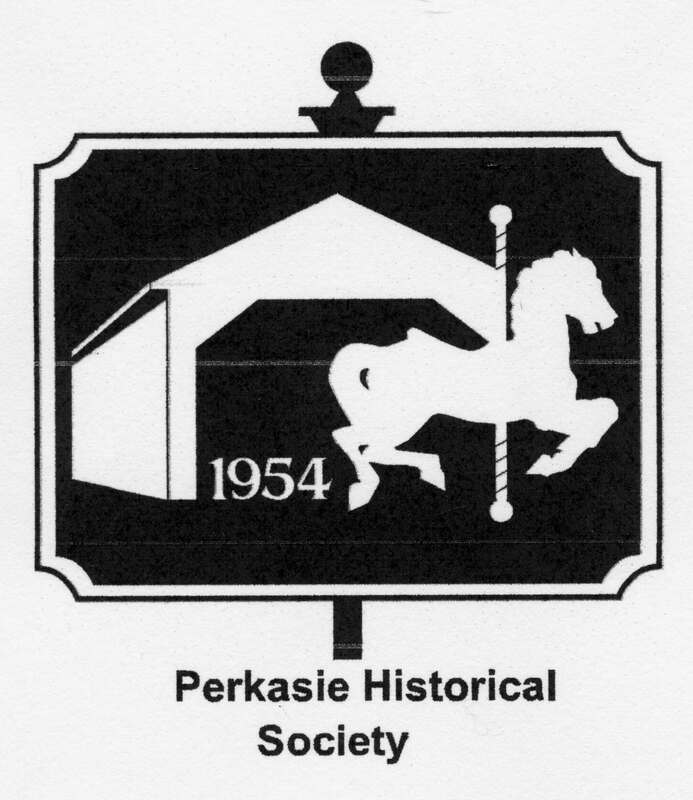
 RSS Feed
RSS Feed